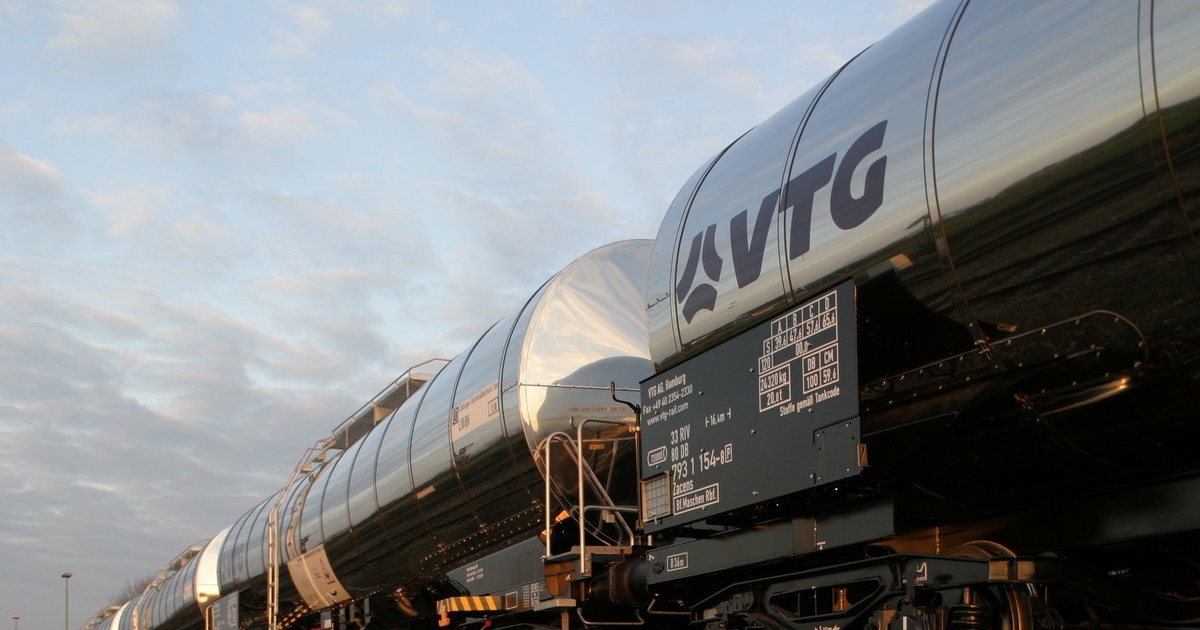How many of the LNG tankers currently clogging up Milford Haven (
@Brian G ?) would we have to commandeer to make a dent in the amount of storage we'd need?
More seriously, and back to the topic, I'd like to say a big thanks to whoever posted this link a few weeks back in another thread:
PowerPoint Presentation (nationalgrideso.com)
This is National Grid's take on how to manage wholesale electricity pricing as we move to ever-higher levels of renewables on the grids. Basically the current model of one single national wholesale price causes inefficient allocation of generating resources, resulting in double subsidy payments when under a different system no subsidy would be needed. The best model to address this, according to National Grid, is a hyper-local (nodal) system where prices are determined at the most local level possible (a "node" isn't actually defined in the presentation - anyone got a definition?). Now, in principle I'm sure this sounds fine, but a couple of aspects of it may be scary from the consumer's perspective:
1. The document talks of "how much should the consumer be exposed to the locational price variations"
2. The preferred model seems to be the ERCOT system of Texas - you know, the one that charged people up to $9,000 $/MWh ($9/kWh or about £7.20/kWh when the normal UK wholesale price is more like 10-20p/kWh) in the middle of unseasonably cold weather back in Feb '21.
So it would seem we need to be alert for proposals to "deregulate" the pricing model and get complaining if it seems they are going that way - Octopus Agile as we know already exposes people to the rollercoaster of the wholesale price, but they do at least have a cap of 35p/kWh. I would hope that sort of consumer protection stays in place as a minimum - it's unfair to expose vulnerable consumers to the extreme prices we can see in the middle of winter when the companies serving them should have broad enough shoulders to soak up the seesawing wholesale price.






